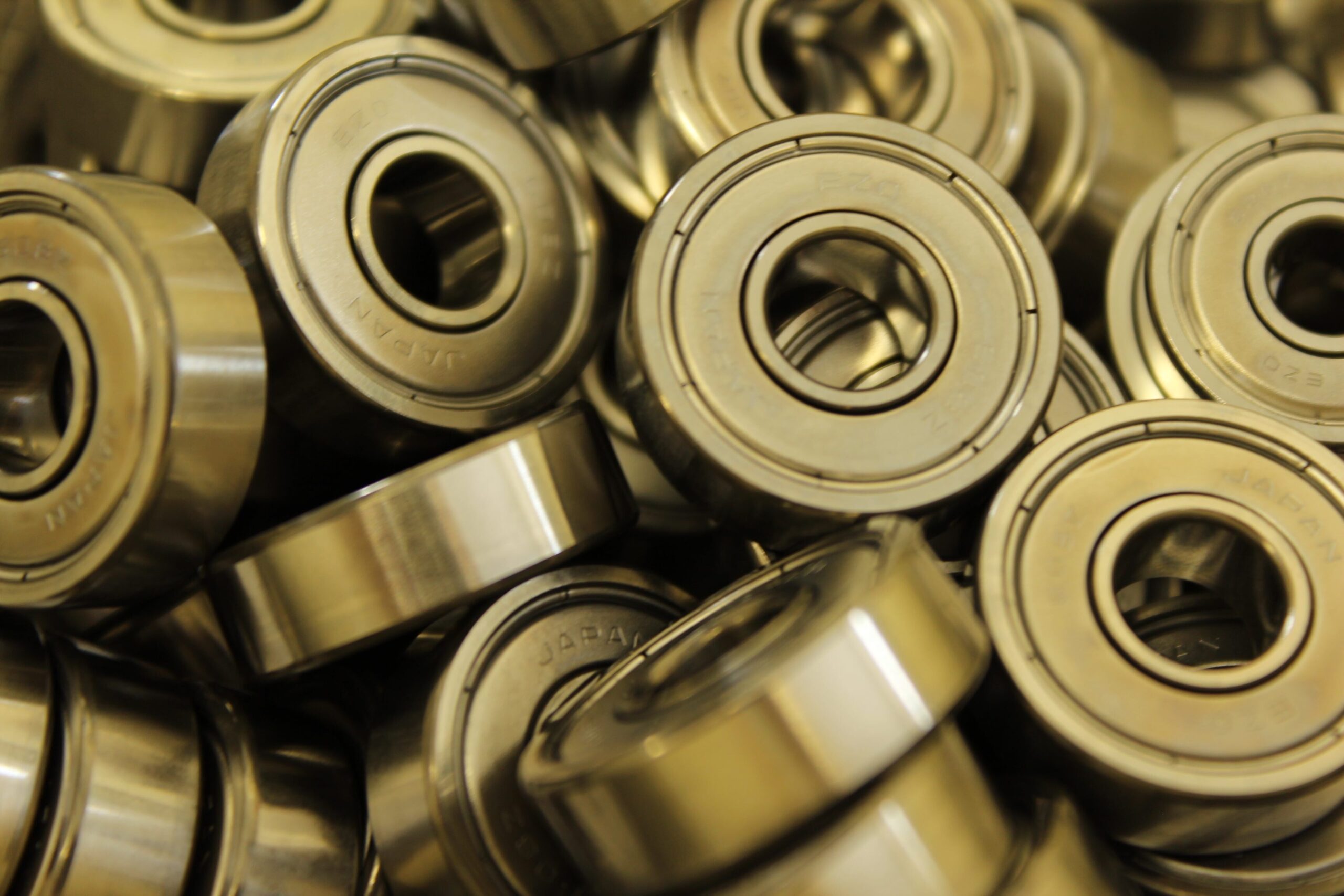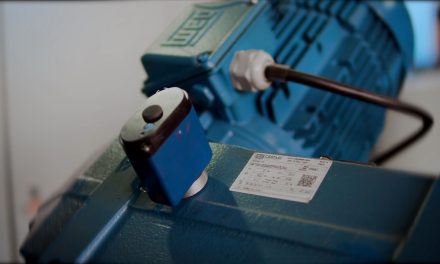It is estimated that a ten per cent reduction of friction in all large bearings in use would provide an energy saving equal to the output of 18 large power stations. Cutting friction in bearings of any size is a key method to improve energy efficiency. Here Chris Johnson, managing director at miniature bearings supplier SMB Bearings explores the bearing design possibilities for increased efficiency in industrial applications.
In recent years, bearing manufacturers have increasingly focused on creating energy-efficient bearings — making use of new materials, lubrication techniques and advanced geometry designs to reduce losses without sacrificing the load carrying capacity.
However, energy losses in bearings are not considered the primary focus of plant optimisation because they are already considered a high efficiency component. However, some argue that bearings are so ubiquitous that potential energy savings should not be ignored. Let’s take a closer look at three bearing design considerations to increase efficiency.
Advanced materials
Energy-efficient bearing designs focus primarily on reducing the contact between the rolling elements and the raceways or the cage. By reducing the roughness of the contacting elements, friction will be reduced.
According to a 2021 study, friction-optimised designs can have a significant impact on the reduction of the global energy losses of bearings. Based on the design of one bearing manufacturer, a preliminary estimation of this reduction is about 0.15 – 0.20 per cent of global energy consumption.
Traditionally, steel has been the material of choice in bearing design, but polymer-based materials, such as PTFE and nylon, offer many benefits when used in less demanding environments. These benefits include corrosion resistance, reduced need for lubrication and a reduced weight.
Geometry
Geometry considerations such as special cage designs and the number of balls in a bearing influences the amount of friction. The geometry and retainer manufacturing process have an influence on the friction generated. For example, opting for a 3D printed retainer in nylon (PA66) or another polymer material can help to reduce the weight of the whole bearing.
Carbon-fibre reinforced nylon is one of the most popular combinations. It offers many of the same benefits as standard, but it produces significantly lighter components. Surface coatings can have a significant effect on bearing friction reduction. Coatings such as molybdenum disulphide and tungsten disulphide increase wear resistance, fatigue durability, and reduce friction during bearing motion.
Lubrication
A proper lubricant will reduce friction between the bearing’s components and reduce
metal-to-metal contact of the rolling elements. While this is a good way of reducing wear, there are new materials that dramatically reduce friction compared to the options that are currently on the market. The material in question is graphene.
The process of adding a graphene coating to bearings would be similar to adding a traditional lubricant. When graphene becomes readily available, we will examine this form of lubrication more closely.
As well as not being harmful to the environment, graphene flakes that are added to the surface of a bearing can last a considerable amount of time and provide a very low coefficient of friction (COF).
In a study on the potential of graphene as a lubricant, researchers estimated that the reduced loss of energy to friction offered by new materials would yield potential energy savings of 2.46 billion kilowatt-hours per year, equivalent to 1.5 million barrels of oil.
By optimising each element of a bearing’s design to consider friction, it is possible to reduce bearing friction. By multiplying this saving for each bearing in a machine, plant or industry, significant energy savings can be realised.



